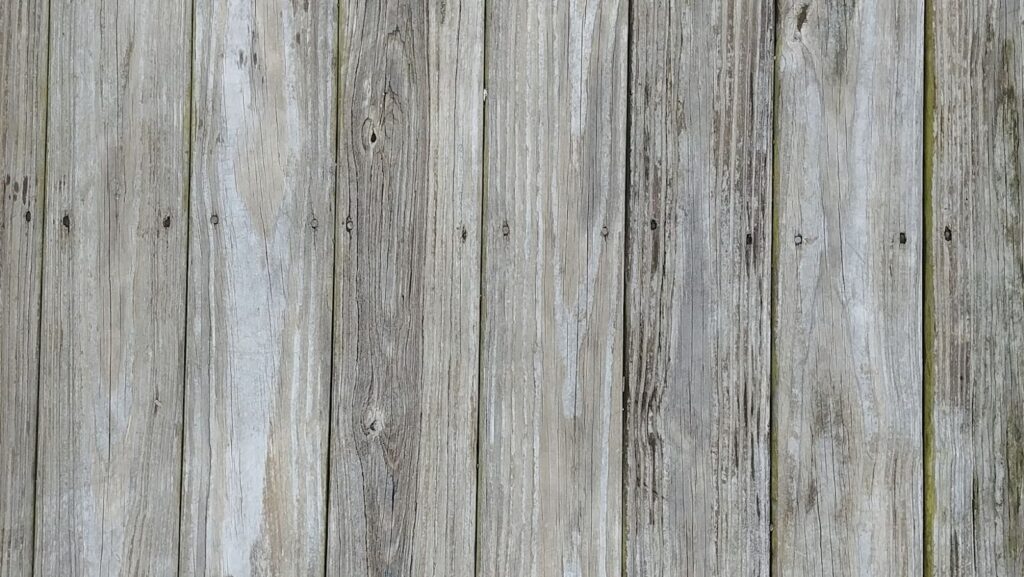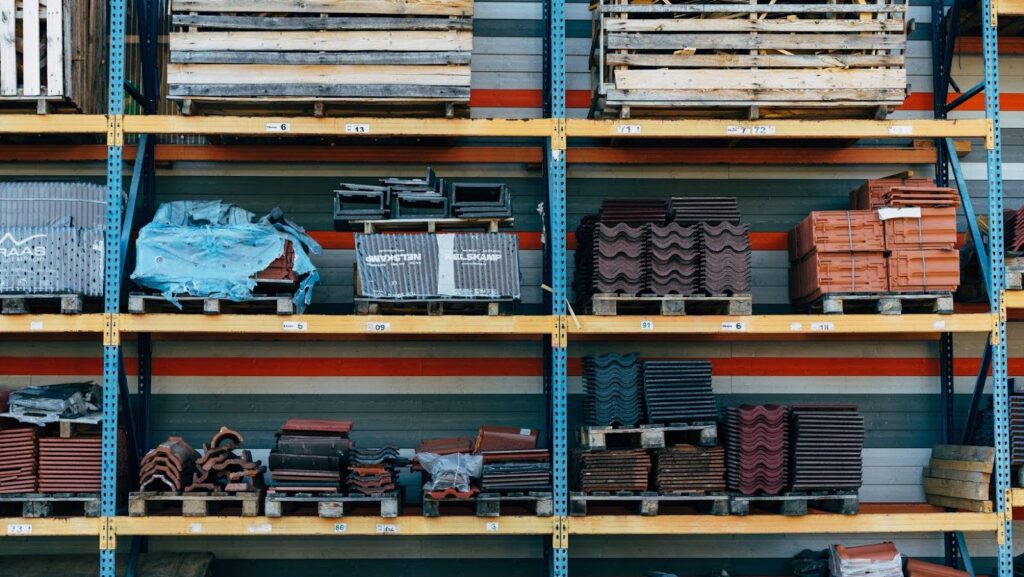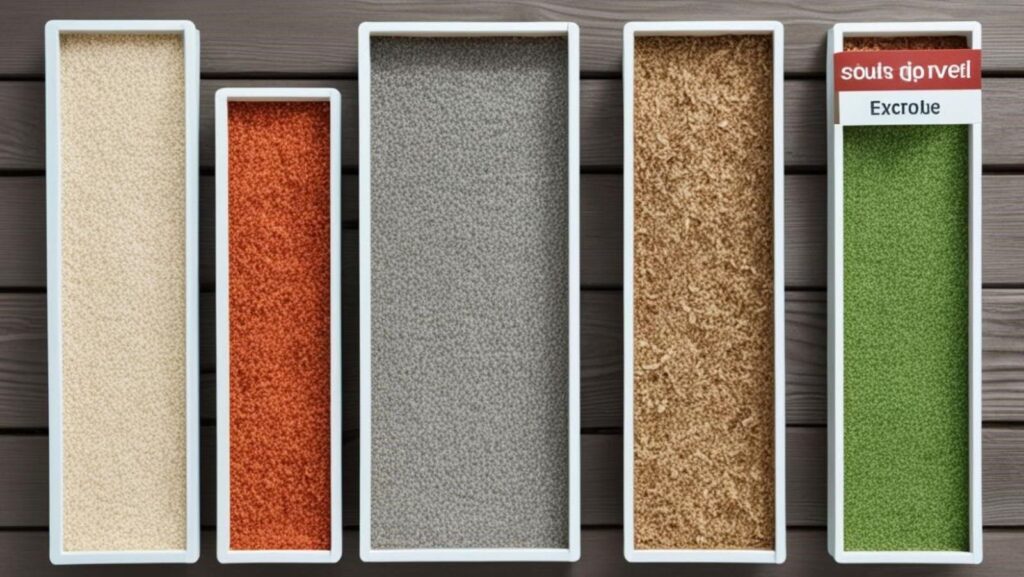Building a new deck is thrilling but picking the right material can be hard. You have many options, each with its own set of benefits and costs. We will look into the most common choices, such as wood, composite, and PVC. This guide will help you figure out the best material for your project and life. Knowing the good and bad points of each material is key. This knowledge will help you choose the perfect deck that will stay beautiful for years.
Traditional Wood Decking Materials
Most traditional wood decks use pressure-treated lumber. This wood, usually pine, is treated in a chamber under pressure. Chemicals are added to protect it from moisture, bugs, and the weather. Although pressure-treated woodcosts less, it needs regular care like staining and sealing. This prevents problems like warping, cracking, and rot. Yet, these decks may not last as long as decks made from more durable materials. Eventually, you might have to replace some boards.
Premium softwood decking options include cedar decking and redwood decking. There are also exotic hardwood decking types such as Ipe, mahogany, and tigerwood. They look naturally beautiful and are more durable than pressure-treated pine. But, they cost more money upfront and demand regular wood deck maintenance to stay attractive and avoid weathering. For instance, Ipe can last a long time, but without care, it will turn gray. In the end, beautiful but high-maintenance wood decks might not last as long as some synthetic materials.
| Decking Material | Upfront Cost | Yearly Maintenance Cost | Longevity |
| Ipe Hardwood | $13,824 | $405 | Very High |
| Pressure-Treated Wood | $8,759 | $348 | Moderate |
| Cedar Decking | Varies | Varies | High |
| Redwood Decking | Varies | Varies | High |
Composite Decking Materials
Composite decking mixes recycled plastic with wood fibers. It’s a great choice for those who want something different. It comes in many colors for your personal style. It lasts a long time and doesn’t rot or warp. Top brands include Trex®, TimberTech AZEK, Deckorators, Wolf, and WearDeck™ by Owens Corning.
Uncapped Composite
Uncapped composite decks use 50% inorganic and 50% organic materials without a protective layer. Because of this, they are more affordable. But the wood fibers, when exposed, can attract mold and mildew over time. This means you need to clean and maintain them regularly.

Capped Composite
Capped composite decks have a protective polymer cap. This cap protects the deck from moisture and fading. Because of this, they need less maintenance than uncapped or wood decks. Even though they cost more at first, capped decks are a better value over time.
Deck Building with PVC and Plastic Materials
PVC and plastic materials are a new and exciting choice for decks. They’re made from a mix of polymers, including PVC and polypropylene. Plus, they have a protective layer that fights off moisture and keeps the colors from fading. This makes PVC decking durable, heat-resistant, and easy to care for. Although PVC decks cost more up front than others, their long life and low care needs make them a smart buy.
PVC Decking
PVC decking is fully plastic, which means it needs very little upkeep and won’t have the problems wood does. It lasts over 50 years, much longer than wood (10-15 years) and even composite (25-30+ years). TimberTech’s Advanced PVC deckinglooks just like real wood, with different colors and grain patterns, adding lots of style. It’s really easy to look after too, and water won’t bother it, making it great for wet places.
Plastic Decking
Besides PVC, there are decking choices made from polypropylene or recycled plastics blends. These plastic decks are tough, need little care, and stand up to weather well. Some are even made with recycled stuff, which is better for the planet. Even if they don’t look as natural as wood or composite, they’re a top pick for anyone who wants a deck that lasts, is hardy, and doesn’t need much upkeep.
When exploring different deck materials, consider consulting professional deck builders Calgary, who can provide expert guidance on the ideal choice for your project.
Conclusion
Choosing the perfect decking material for your outdoor area requires careful thought. Options like traditional wood and newer materials come with their own perks and downsides. Knowing what each offers helps in picking the best match for your needs, budget, and lifestyle.
If beauty is key, or you prefer easy up-keep, or you care about the environment, there’s a great decking type for you. By looking into choices and talking to experts, you can find the material that brings your dream deck to life.

A well-made deck can do a lot for you, like boost your happiness and lower stress. It can also be a safe spot for your family. By choosing wisely and using professional advice, your deck can be a relaxing space for fun times with friends and family. It will truly enhance your outdoor area.
FAQ
What are the most popular deck building materials?
The top choices for decks are pressure-treated lumber, softwoods, and hardwoods. They also include composite and PVC decking. These materials offer different looks and levels of maintenance.
What are the benefits and drawbacks of pressure-treated wood decking?
Pressure-treated wood decks are budget-friendly and widely used. They do need regular care, such as staining. Over time, they might not last as long as other options.
How do premium softwoods and hardwoods compare to pressure-treated wood?
Cedar, redwood, and exotic hardwoods look better and are tougher than treated pine. However, they cost more and require similar upkeep, like staining.
What are the differences between uncapped and capped composite decking?
Uncapped composite decking mixes plastic and wood fibers, lacking a protective layer. It’s cheaper but can mold or fade. Capped composite, with a protective cover, withstands these better, needing less maintenance.
What are the benefits of PVC and plastic-based decking materials?
PVC decks and plastic materials last long and need less care. They are durable against heat and moisture. Though costly initially, they pay off over time with minimal maintenance.
How do I choose the best decking material for my project?
To pick the right material, consider your budget, the amount of care you want to take, your taste, and the length of time you want it to last. Knowing what each type offers will help you choose well for your project and lifestyle.
